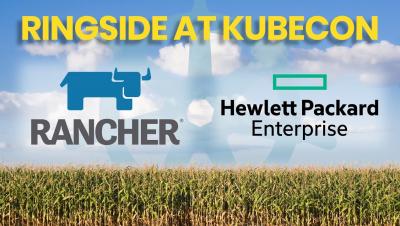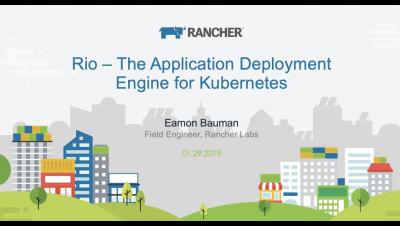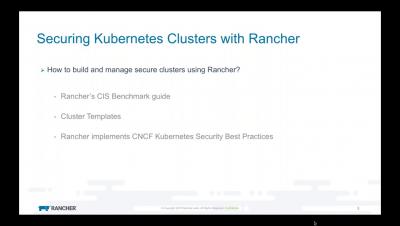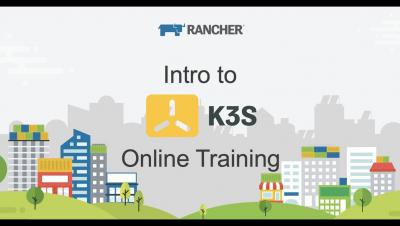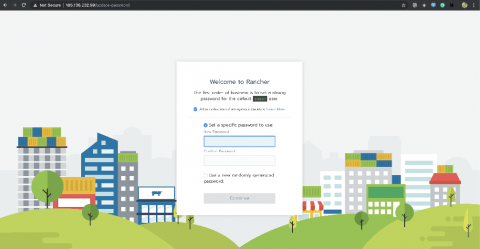Operations | Monitoring | ITSM | DevOps | Cloud
January 2020
Intro to Rio Online Training: The Application Deployment Engine for Kubernetes
Kubernetes Master Class: How to harden your Kubernetes Clusters
Rancher vs. OpenShift - A Consultant's View
In any rapidly emerging market, consultants can be a great source for vendor-neutral insights, as they typically work with multiple technologies to help their customers make informed decisions. In that vein, Derya (Dorian) Sezen of kloia, a new-era consulting organization that provides services toward transition of legacy workloads to frontline technologies in Cloud, DevOps and Microservices, recently wrote a blog summarizing his experience with Rancher and Red Hat OpenShift.
January 2020 Online Meetup: Securing Your Production Grade Kubernetes Clusters Using Rancher
Find Security Vulnerabilities in Kubernetes Clusters
Security is one of the most talked-about topics for Kubernetes users. Google “Kubernetes security” and you’ll find a huge number of articles, blogs and more. The reason is simple: you need to align your container and Kubernetes security with your organization’s existing security profile. Kubernetes has some strong security best practices for your cluster—authentication and authorization, encryption in secrets and objects in the etcd database—to name a few.
Intro to K3s Online Training: Lightweight Kubernetes
Rancher 2.3: Istio and Kiali
Rancher is a single point of control to manage all your kubernetes clusters anywhere. Rancher 2.3.x was released a few weeks back and it came with huge updates. Top Features included Istio and Windows nodes support. In this article, we will mainly discuss Istio support offered out of the box through the Rancher UI, see an example deployment, and visualize it via the Kiali dashboard.


